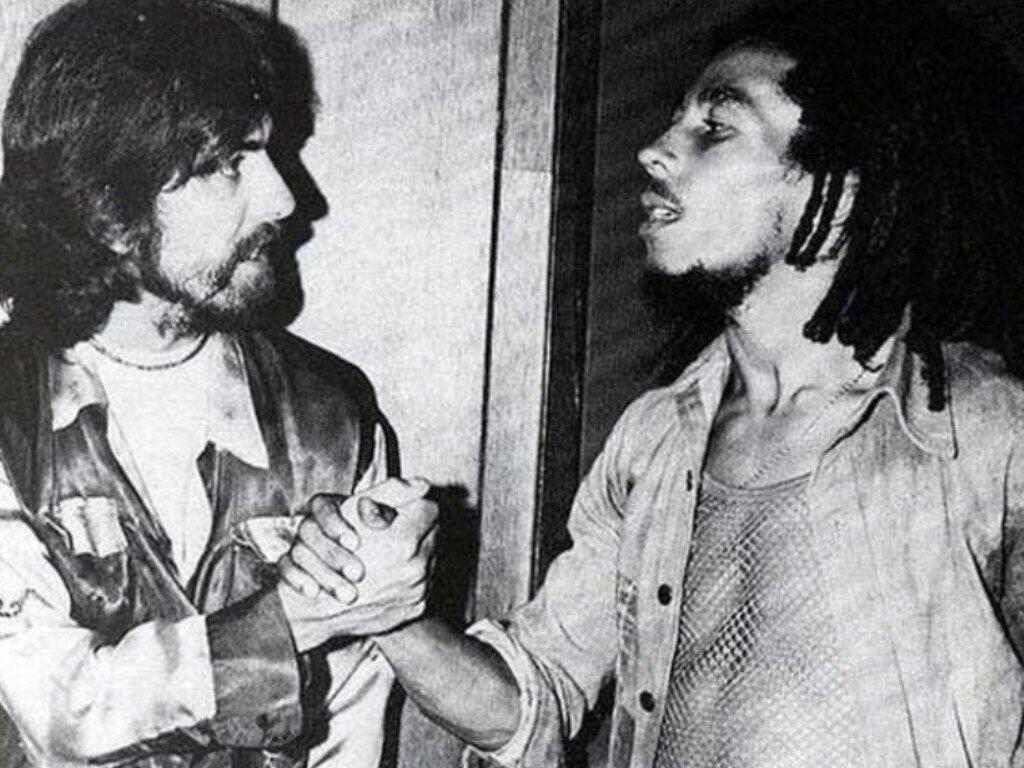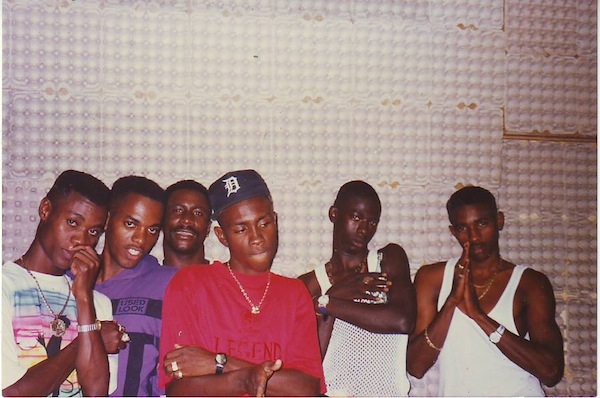A company called Brynje (pronounced brun-ya) developed a woolen string vest as far back as the 1930’s, when Captain Henrik Brun of the Norwegian Army became frustrated by the standard issue undergarments provided to his troops. He approached the textile manufacturer to help him develop a top made from woven yarn pocked with holes. The garment– which later adopted the name “health vest” in the United States– would give both warmth and reduce dampness while also regulating the body’s temperature. By the 1940s, the string vest quickly became popularized as a staple undergarment in England.
The string vest was immortalized in England in the late 1950s by Andy Capp, a comic strip about a working class man that drinks a little too much and works much too little, solidifying it as a visual representation of the working class. In the 1980s, the personification was perpetuated with the Rab C Nesbitt comedy series, in which the lead character sports a string vest and champions a life of unemployment. In 2007, British newspaper The Independent declared the string vest was dead. The newspaper wrote: “The modern Brit no longer wants to wear the vest immortalised by Rab C Nesbitt and Andy Capp, and sales have tumbled. Men, or more likely their wives and girlfriends, now associate string vests with old men and pot-bellied plumbers.”











